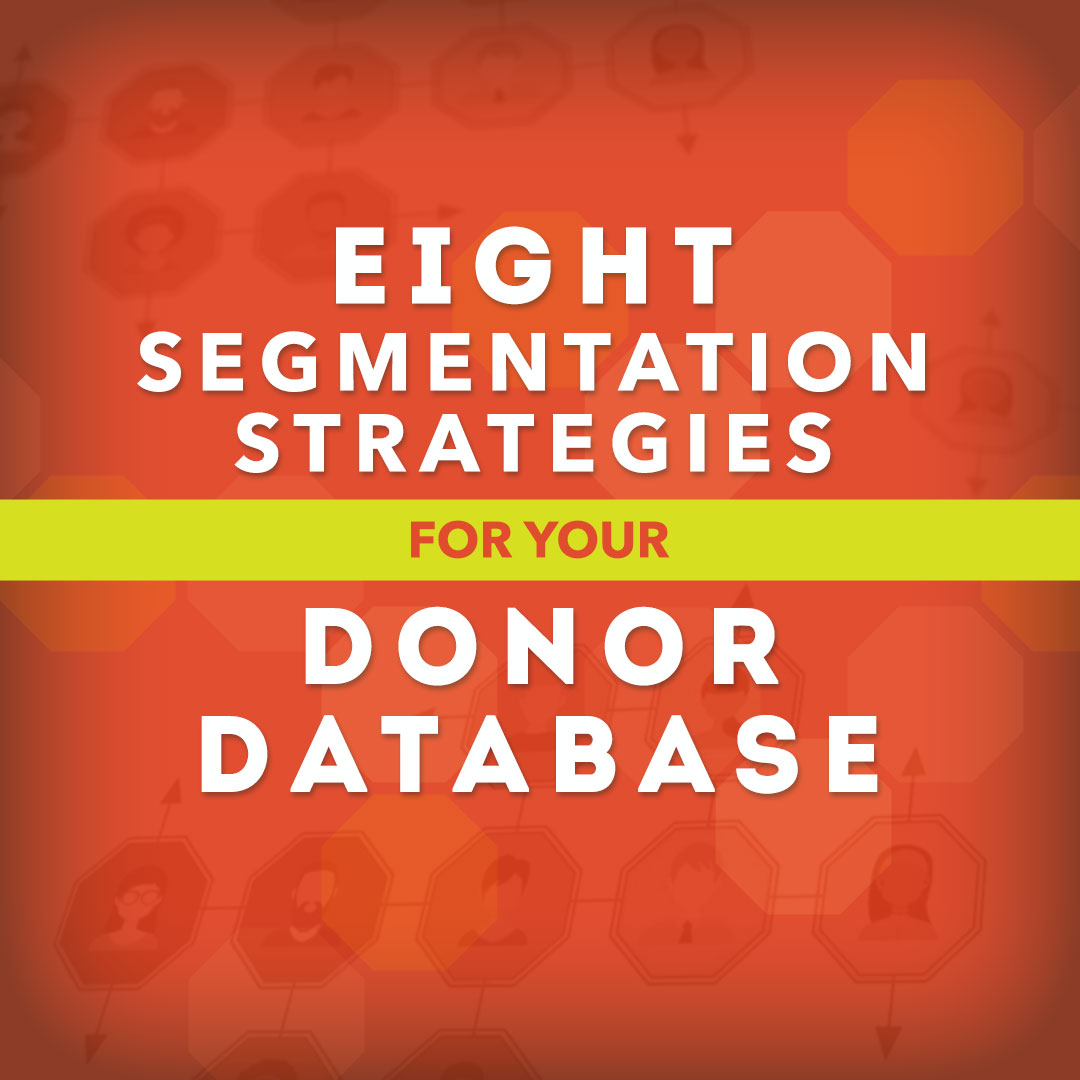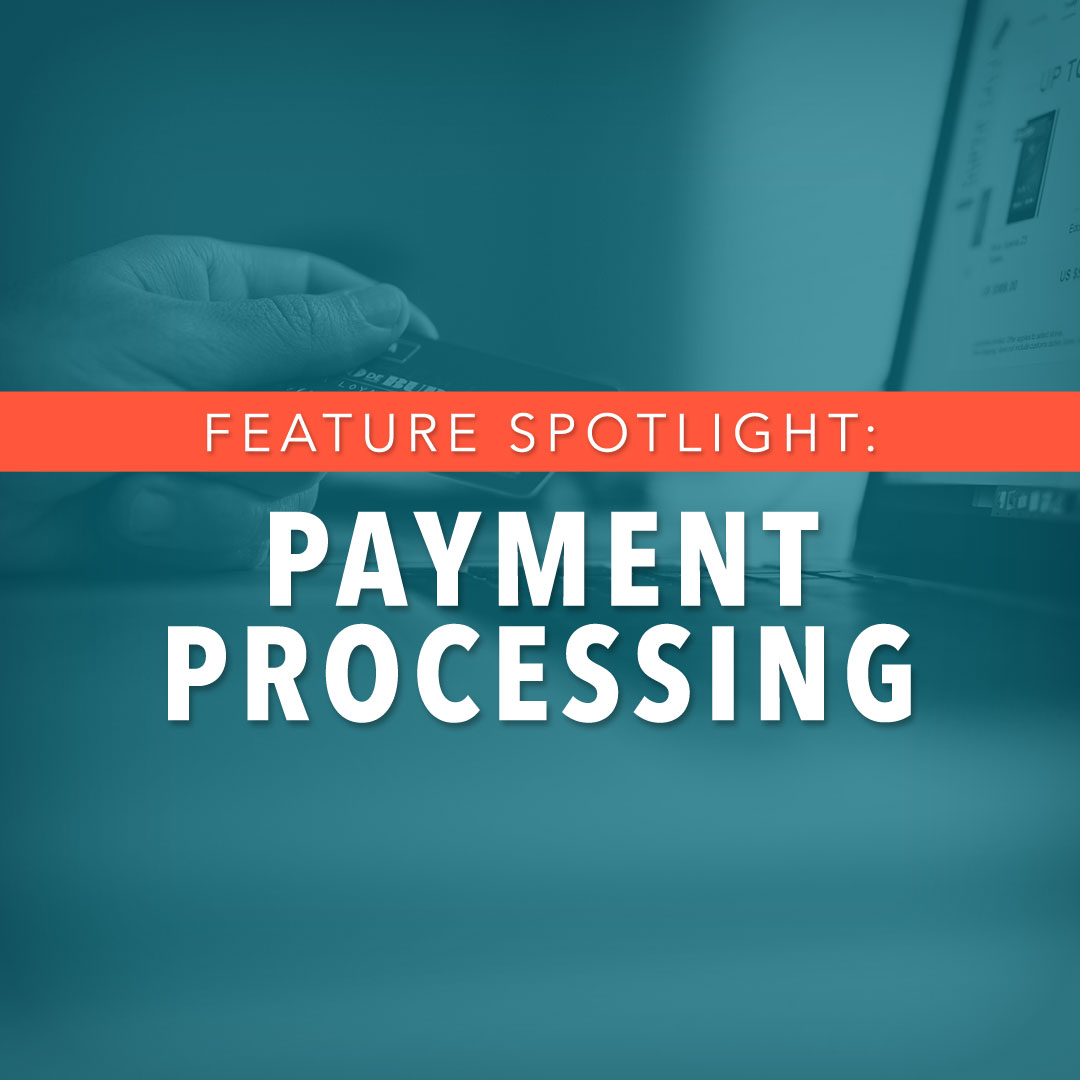Earlier this week we talked about building out donor profiles and how you can use those to jumpstart smarter communications with your donors. Today we’re going to take it a step further and talk about segmentation.
Donor segmentation is simply the process of personalizing messages to donors (and followers, fans and subscribers) to make individuals feel known, heard, and understood. By dividing your donors into meaningful groups in order to build out your donor profiles, you’ve already started the process of segmentation. All that’s left is to communicate with them.
Segmenting Messages
Even just a small shift in communication like that can make all the difference for your donors to feel like they are really being inspired and giving to the right place.
Let’s say that you’re a youth-based organization that wants to spread the following message: “Young people are living without the Gospel. Your gift today could change that. Will you give?” It’s a decent enough ask, but by personalizing it, you can make it even more potent for each demographic of your donor base.
If you have a large group of donors aged 65 and older, that’s a strong indication that you have grandparents who are eager to invest in their grandchildren and the next generation. For these people, you might change the above message to something like the following: “As grandparents, seeing our grandchildren discover and accept Jesus Christ as their Savior is a joy unlike any other. Right now, other young children and teens are living without that hope. But you can change that. Your gift today can help introduce them to the Gospel!” By speaking to that passion, you can personalize the message and make the ask much more powerful and compelling.
But in addition to those older donors, you might also have a younger crowd that is interested in your mission simply because they were in the same situation just a few years ago. You wouldn’t use the “grandparent” message on them even though you’re asking them to give to the same cause. Instead you might share a teen’s story to remind them of people who helped them during tough times. Personalized messages can go a long way in encouraging a greater response.
Segmenting Types of Asks
Segmentation also includes making different kinds of asks appropriate for each audience. Your older donors might not be able to come out for an entire Saturday and help organize and lift heavy boxes of food or clothes, but they might be able to help fund your efforts. On the other hand, a young family might not be able to spare enough to donate on a monthly basis, but they can show up for five hours to walk door to door handing out Easter baskets to needy families.
Segmentation helps you take one event or need and customize the message to all of your various donors to give everyone a specific way that they can help. When you take the time to segment your asks, you’ll start seeing a higher turn-out in all of your organization’s different needs.
Segmenting Communication Channels
Different kinds of communications channels matter too. A younger donor might only prefer to be contacted via text while an older donor might still check the mailbox every week for a full length letter from your executive director. Communicating the same message to those two very different audiences through very different channels is challenging—but it must be done. One size no longer fits all donors.
If you don’t know what preferred method of contact your donors have—ask them! Check back on our post from last week to see how you can use a simple survey to get your donors’ feedback.
And remember, you can’t ask someone who just signed up for your newsletter to give a gift right away, even if it’s just a $10 gift. That’s like asking the person who just complimented your sweater in the Starbucks line to please buy your coffee. It just doesn’t work (no matter how much you want the free coffee).
Segmentation not only allows you to talk to your different donors in more personalized ways, but it also gives you all the tools necessary to bring in new audiences and cultivate them into becoming donors.


-1.jpg)







